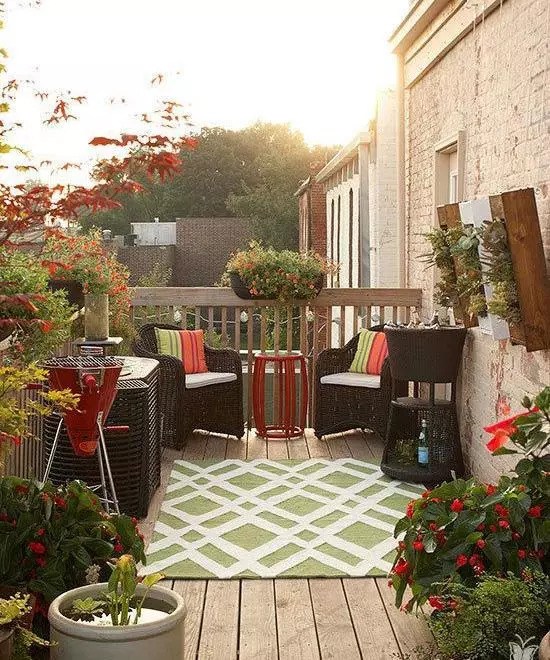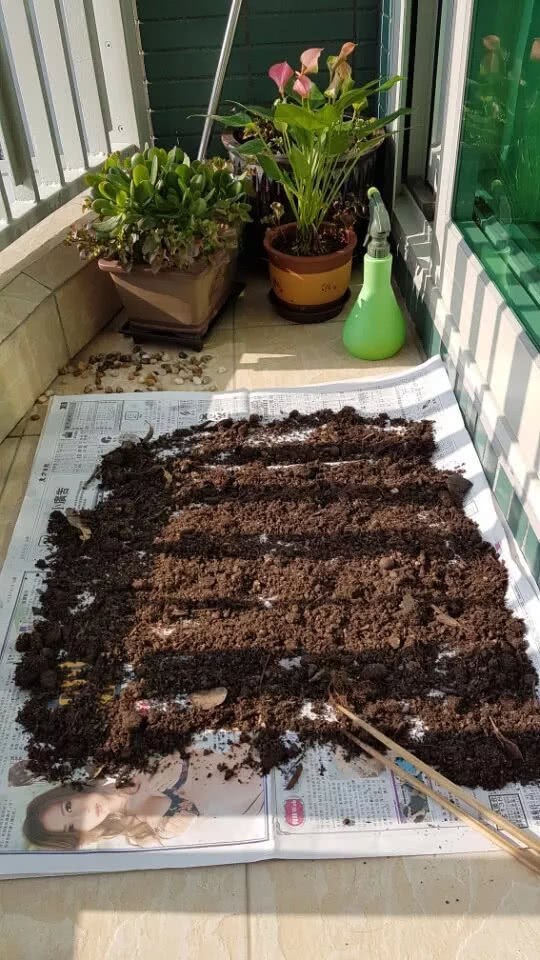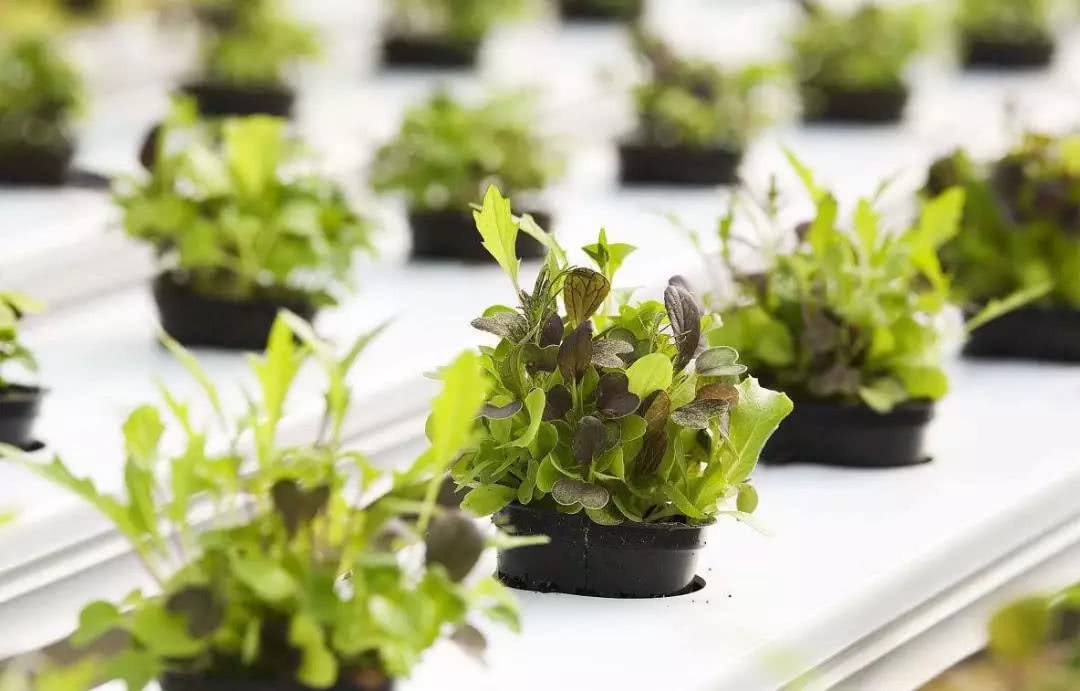Changing the flowering period of potted plants is like a miracle, but if you learn these four techniques, you can do it.

Plant it on the balcony and enjoy it.
Perhaps, the only regret that the balcony is on the balcony is that the plants on the balcony cannot reproduce on their own like those thriving plants in the wild.
The main reasons are:
First, because the narrow flowerpot limits the free growth of plants, it is more difficult to produce seeds.
Second, because there are no insects and no wind on the balcony as a medium of pollination, it is not conducive to plant seed formation.
Most of the plants on the balcony can only reproduce under the care of Taiwan friends.
However, all things are born of yin and yang
There will be advantages and disadvantages, and there will be advantages and disadvantages.
What is the advantage of planting it on the balcony?
Flowers are beautiful in a variety of ways.
It would be wonderful if the flowers planted on the balcony could control the florescence.
Those who bloom earlier than the natural flowering period are called facilitative cultivation, and those who are later than the natural flowering period are called inhibitory cultivation.
To make flowers bloom timely in accordance with the needs of Taiwan friends, it is necessary to master the laws of the growth and development of various flowers and understand some effective technical measures.
Four effective technical measures
Control florescence
One: temperature treatment
1. Heating treatment: for flowers that need to form flower buds at higher temperatures.
Such as rose, jasmine, Milan, melon leaf chrysanthemum, big rock tree, Catharanthus roseus, geranium and so on, as long as they are heated in advance, they can bloom as scheduled when they need to bloom.
Director Tip: for flowers that are dormant and overwintering but whose flower buds have been formed, such as plum blossom, peony, green peach, Yingchun, etc., after experiencing frost and snow, move into the room, gradually heat up, keep room temperature 15: 25 ℃, and often spray, can blossom ahead of time.
two。 Low temperature treatment: mostly used for dormant overwintering flowers.
Such as rhododendron, plum blossom, blue peach, etc., if they are not allowed to blossom in spring, they can be placed in a 2-5 ℃ cold cellar and watered about once a month to postpone their flowering to May Day or National Day.
Second, sunshine treatment
1. Short-day treatment: this method can make short-day flowers bloom ahead of time.
Such as chrysanthemum, poinsettia, leaf flower, crab claw orchid and so on. After the robust growth of this kind of flowers, shading treatment is used, and black cloth (or black plastic) is often used to cover the whole plant tightly, giving only 8 hours of light every day. After this treatment, it can blossom in advance after 50 days.
two。 Long-day treatment: long-day treatment can delay the flowering of short-day plants. If chrysanthemums are replenished with light every day before flower bud differentiation (late August), flower bud formation can be inhibited and flowering can be delayed by using light every day for more than 12 hours. On the contrary, the method of adding light can also be adopted to make long-sunshine flowers bloom ahead of time.
Three: pharmaceutical treatment
The treatment of flowers with plant growth regulators can break dormancy, promote flower bud differentiation and blossom ahead of time.
For example, 200 million 400 mg / kg gibberellin is effective in breaking dormancy by treating eight immortal flowers, rhododendrons and cherry blossoms.
Restaurant: cultivation measures
The flowering period can be controlled by using cultivation measures such as sowing, cutting, pruning and coring in different periods.
For example, if Gladiolus is planted by stages, it can have flowers in four seasons.
The use of heart-picking measures for a string of red can delay the flowering period by more than 20 days.
It takes about 120 days for dahlia to blossom from cuttage to flowering. The flowering period can be adjusted by cutting seedlings by stages.
Controlling florescence may be a way to talk to nature.
You need to understand it in order to communicate with it and make it listen to you.
Ha. Friends from Taiwan, you might as well give it a try. If you are not sure, you can communicate with the director a lot.
Planted on the balcony.
All right, that's all for today. If you have any questions, please leave a message in the message area below.
- Prev

Earthworm fertilizer planted on the balcony is really valuable, but do you really know how to use it? I don't know. Just come in and have a look.
After the aeration composting method, the general kitchen waste will become earthworm compost full of earthworm manure after about 1 month and then feeding red earthworms for 1-2 months. This is the best soil for plants. Make good use of the soil.
- Next

Who says soilless cultivation of flowers is not fat? the collection of mysterious matrix recipes is necessary.
In the last issue of "planting on the balcony", we talked about thirteen kinds of common substrates for soilless cultivation. The last paragraph of the article mentions the "composite matrix", that is, the twelve single substrates introduced above are matched according to the needs of plants.
Related
- Wuhan Hospital Iron Tree Blooming Result Was Instantly Frightened by the Gardener Master
- Which variety of camellia is the most fragrant and best? Which one do you like best?
- What is the small blue coat, the breeding methods and matters needing attention of the succulent plant
- Dormancy time and maintenance management of succulent plants during dormancy
- Minas succulent how to raise, Minas succulent plant pictures
- What are the varieties of winter succulent plants
- How to raise succulent plants in twelve rolls? let's take a look at some experience of breeding twelve rolls.
- Attention should be paid to water control for succulent plants during dormant period (winter and summer)
- Watering experience of twelve rolls of succulent plants
- Techniques for fertilizing succulent plants. An article will let you know how to fertilize succulent plants.

